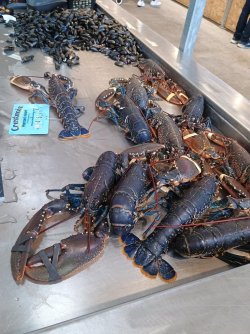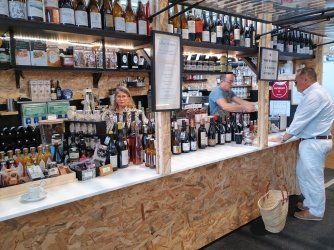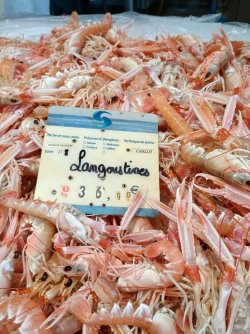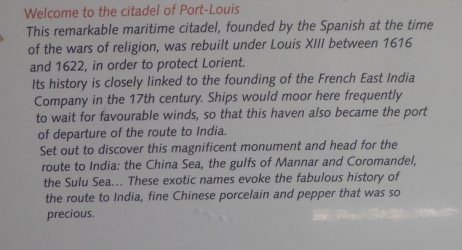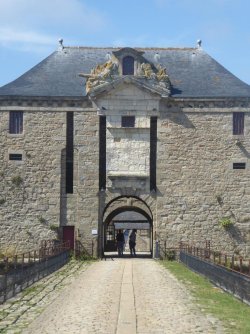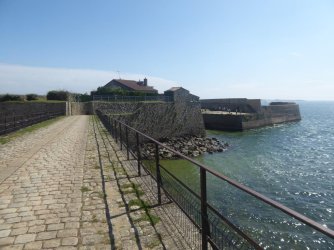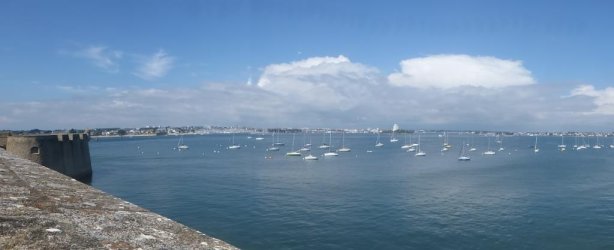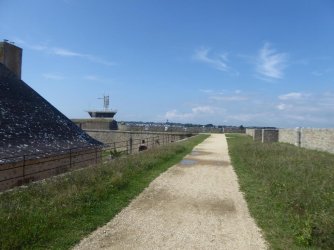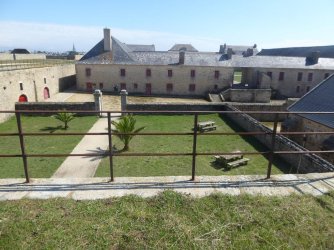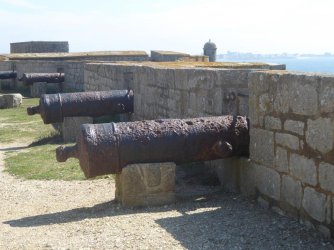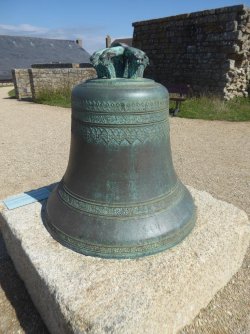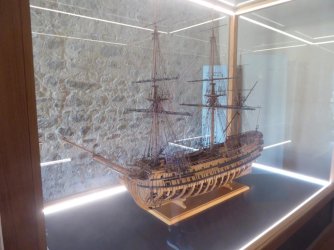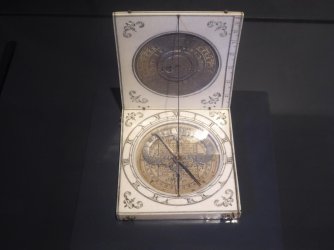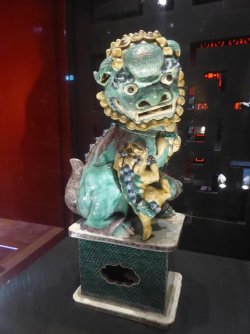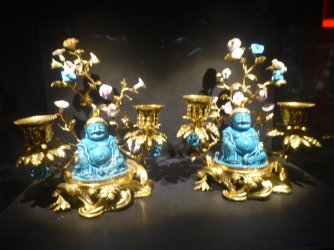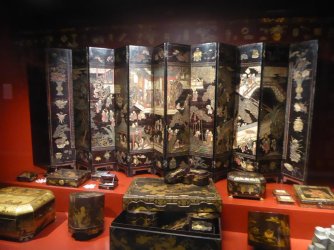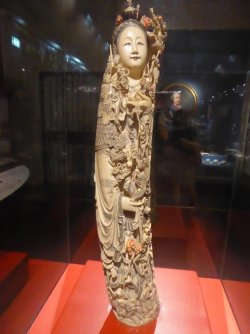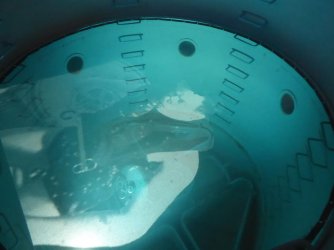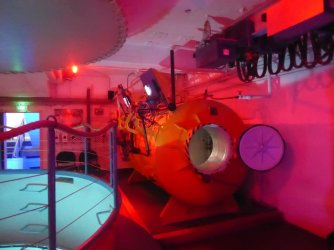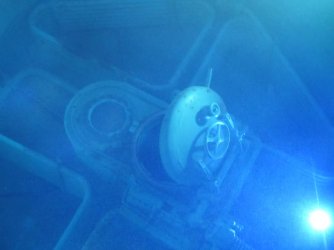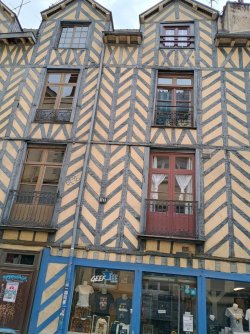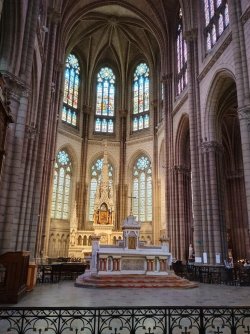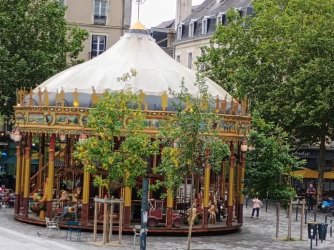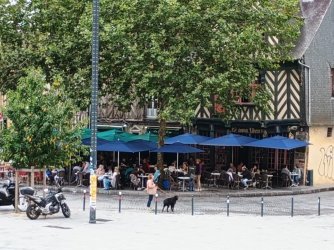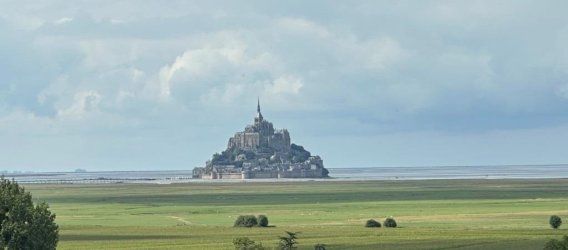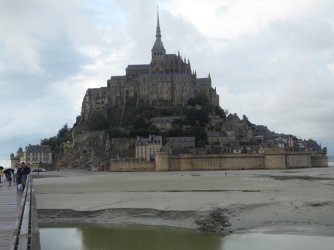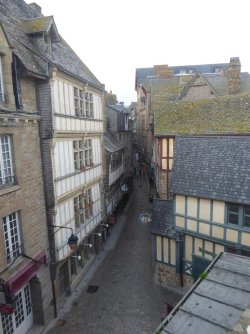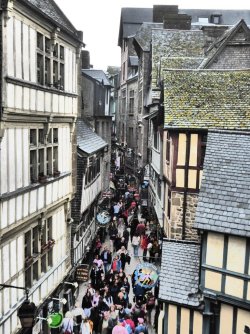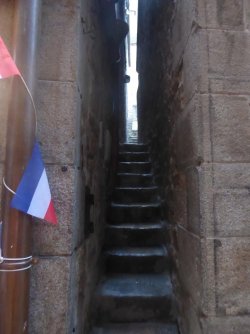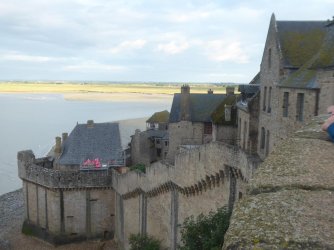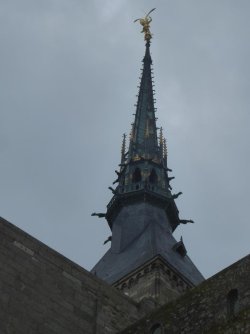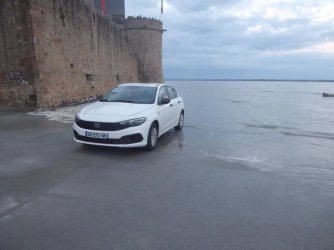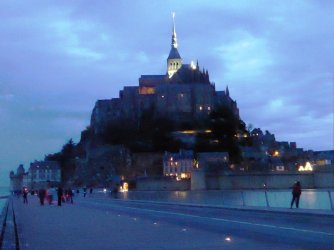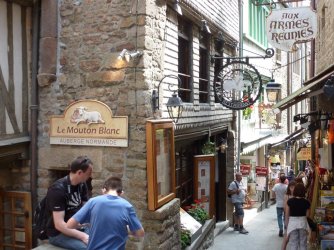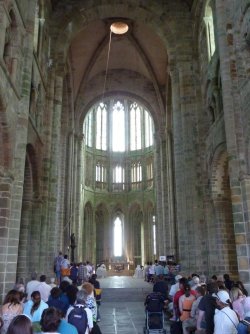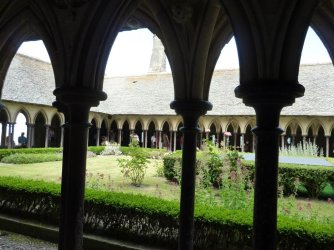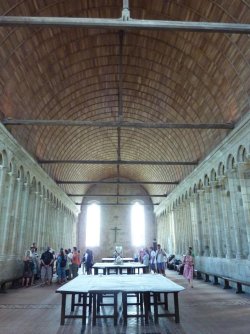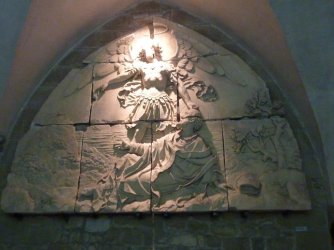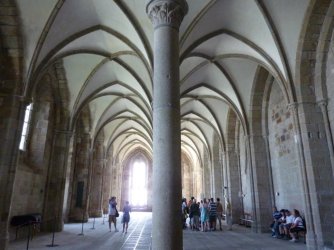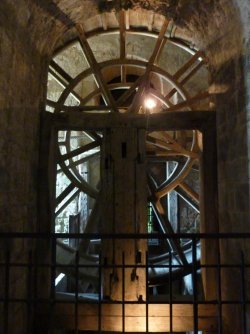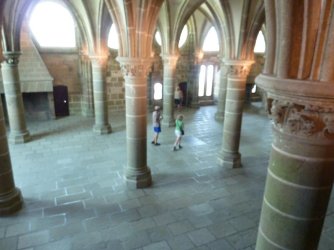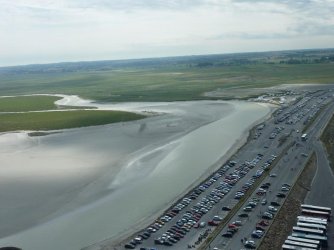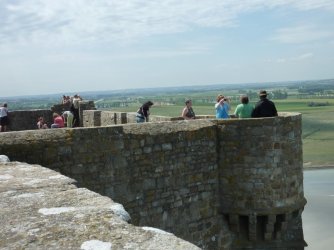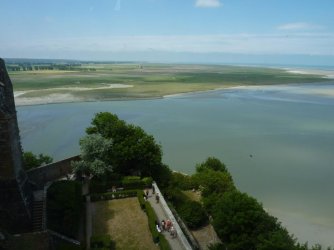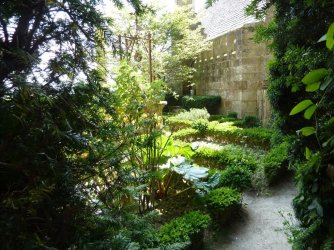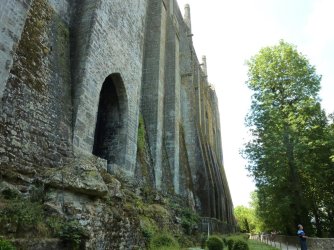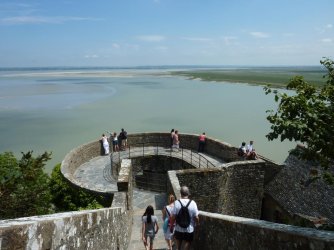More submarines
As noted in earlier posts, Lorient was chosen by the German Navy as the site of one of its five WW2 U-boat bases in western France. In fact, Lorient was the largest and at its peak could house 30 U-boats under bomb-proof roofing.
When we were planning our trip we didn't set out to make a tour of the German U-boat bases in western France. It just so happened that when searching for suitable accommodation, La Rochelle, Saint-Nazaire and Lorient were where we found places that met our requirements and were within our budget.
So we visited the base in Lorient where there are three sets of submarine pens: K1, K2 & K3. Towards the end of the war two more sets of pens were under construction (4a & 4b) which were to be used for the latest type 21 U-boats which were too big for the existing pens. However, 4a & 4b were never completed. It's quite incredible to think that the K1, 2 & 3 pens were completed in less than 2 years (more than 500,000 cubic metres of reinforced concrete). (The "K" stands for Kéroman, the name of the peninsula on which the base is built.)
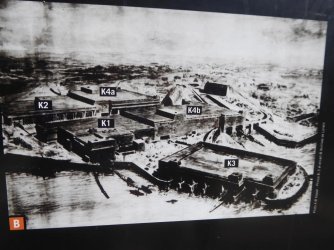
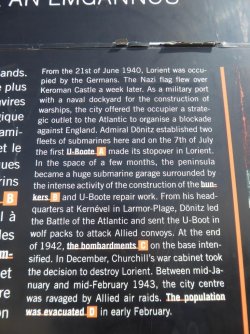
Here is a photo of what remains of K4b:
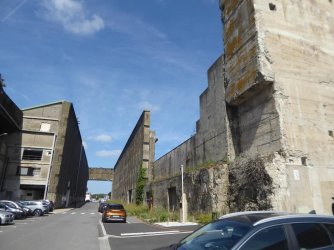
All but one of the pens in K1 and K2 were dry docks. The remaining pen was open to the sea at one end and the other end had a ramp/slipway. U-boats would enter the wet pen and be placed onto a cradle then retrieved from the water via the ramp. They were then manoeuvred into one of the dry pens for maintenance,
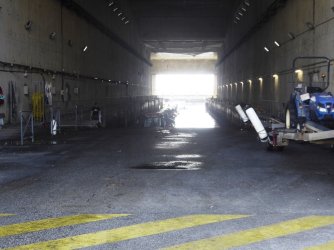
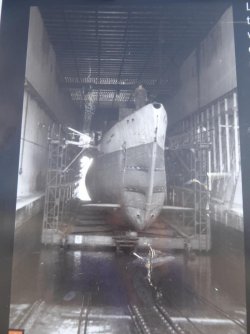
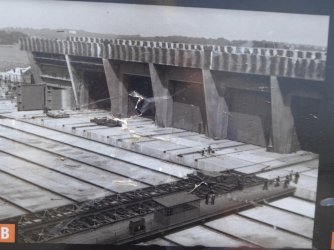
This is a French submarine on the cradle between K1 and K2 through which you can take a tour.
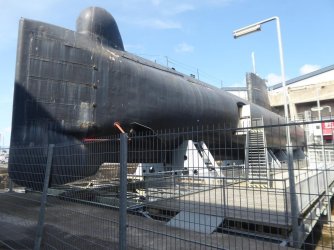
This was a slow process for U-boats that just needed to be refueled and re-armed so K3 was built with direct water access so the U-boats could be turned around quickly.
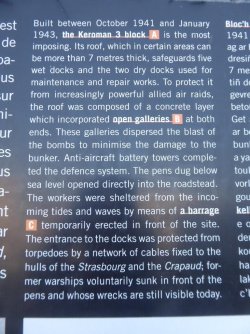
Here is K3 looking from the other side of the inlet:
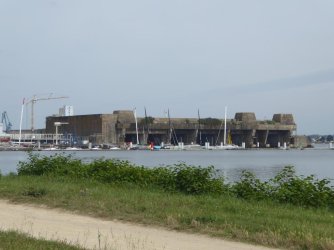
K1 & K2 are now leased out to various marine-related businesses:
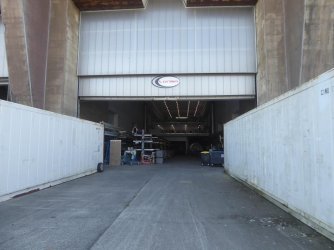
However much of K3 is as it was during the war so we decided to do a tour. It's available in English once per week (curently 1130 on Tuesdays). Inside the base is similar to the one at St-Nazaire so I won't post more photos except for this one taken inside the roof. There is 3.5 metres of reinforced concrete under these people's shoes and beams about a metre thick above. At the beginning of the war bombs exploded on impact so the idea was that the bombs would hit the beams and explode, the force would dissipate along the hollow leaving the roof below undamaged. Towards the end of the war, the allies used delayed action bombs but these were also ineffective.
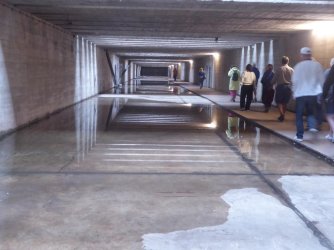
The guide on this tour was very knowledgeable about the U-boat operations and we learnt some interesting facts:
- During the war the Germans built 1,162 U-boats of which 785 were destroyed.
- At the peak of production, Germany was launching one U-boat every 36 hours on average (about 20 per month) but they were loosing them just as quickly. As a result the maximum number of U-boats at any one time was around 250.
- In May 1943 alone they lost 41 U-boats due to advances in radar technology and improved tactics by the British. After that, U-boat operations in the North Atlantic were temporarily withdrawn.
- At the start of the war the average age of a U-boat commander was 38; by the end of the war this had fallen to 21.
- The U-boats could only stay submerged for around 24 to 36 hours (depending on the model) so they would surface during the night to replenish their air and run the diesel motors to recharge their batteries for underwater operation.
Basically when you left port you were not expected to return; those that did were given a hero's welcome. One heavily decorated commander based at La Rochelle managed to return to port three times.
Despite heavy bombing by the allies, the U-boat base at Lorient remained almost totally undamaged and in December 1942, Churchill's was cabinet decided that if they couldn't destroy the submarine pens then they would destroy the town around it, thereby denying the Germans of workers and supplies. Leaflets were dropped to warn the residents to leave town and by mid-February 1943, 90% of the town had been destroyed.
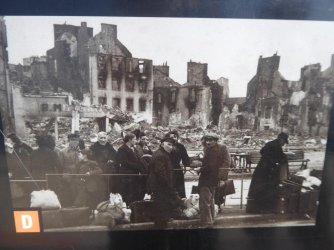
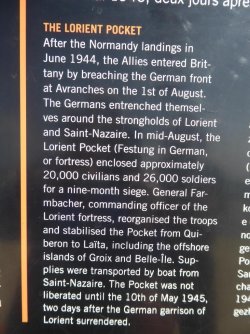
Shortly afterwards, the French Navy took over the submarine base and used it until 1997.










